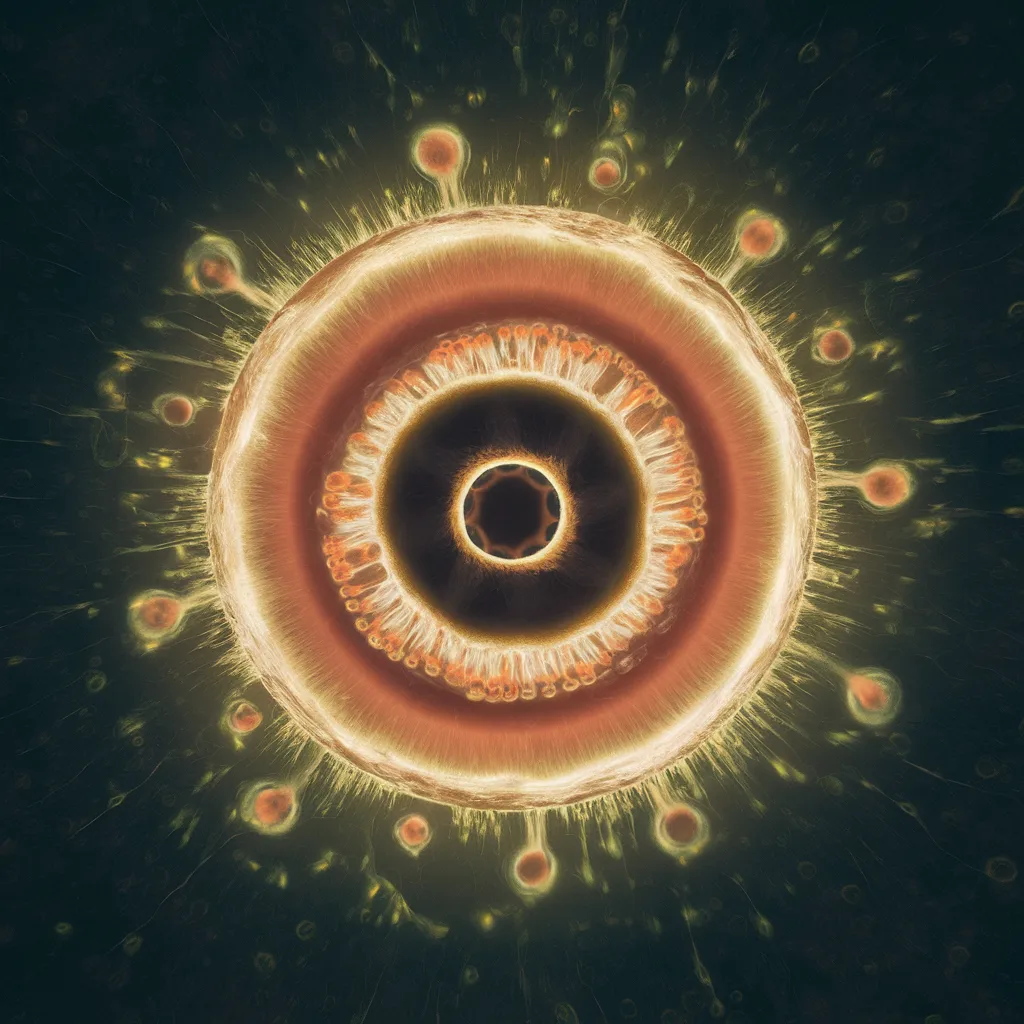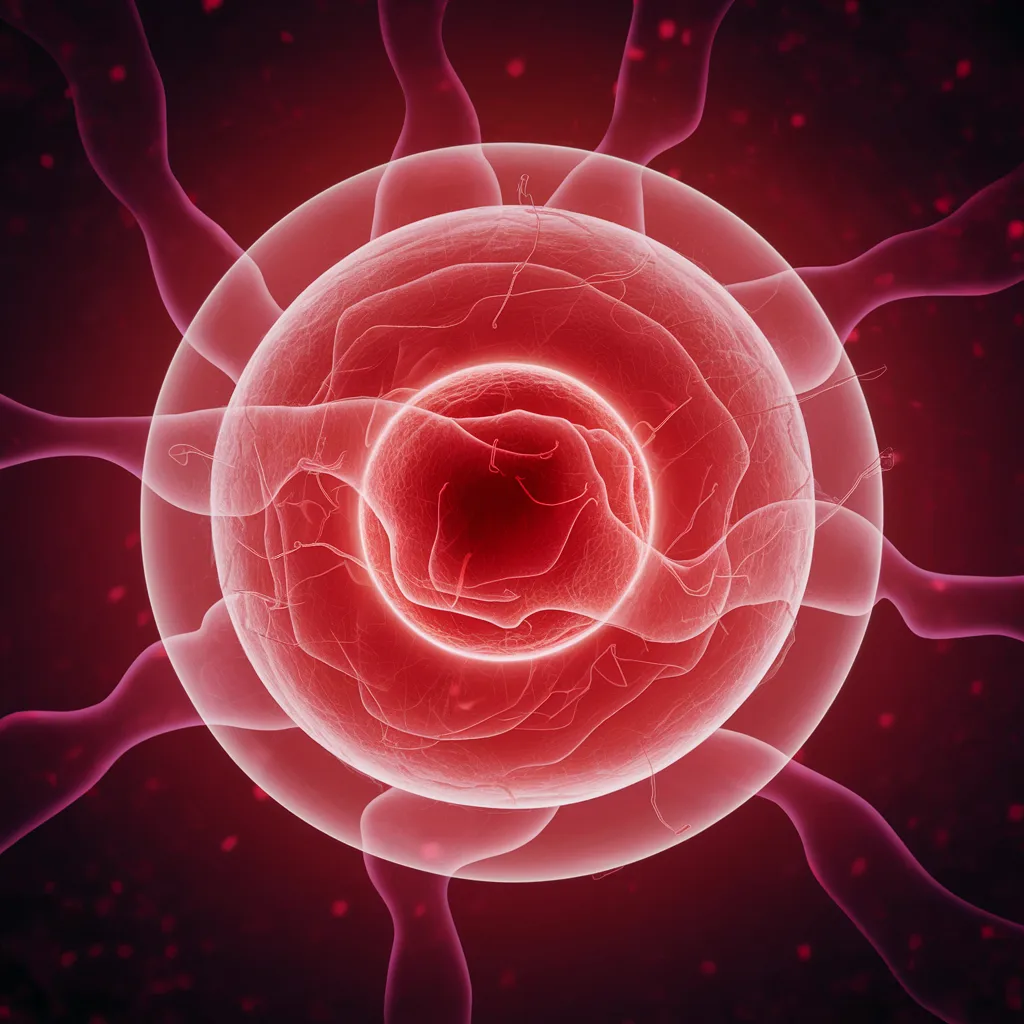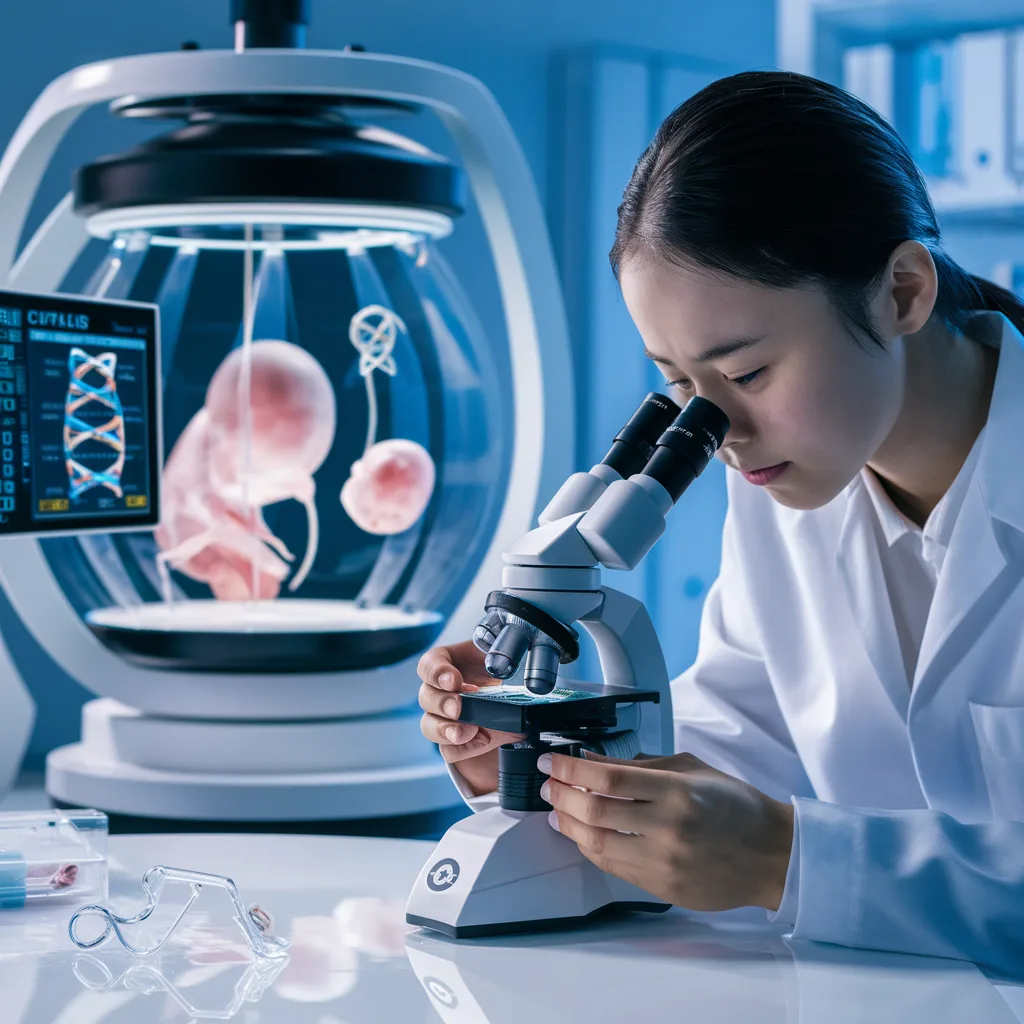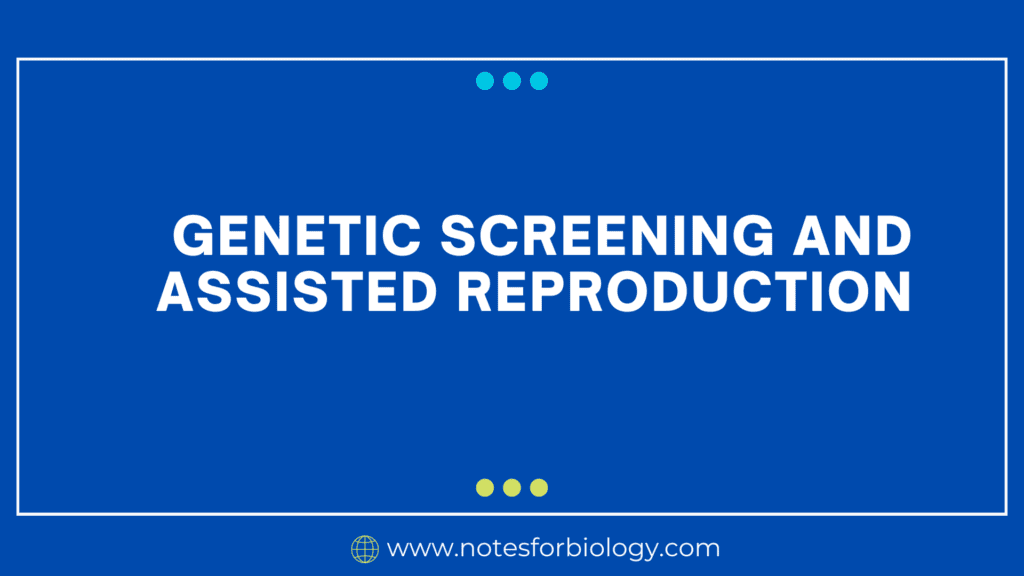Blastocyst stage is an important step in the early development of animals, including humans. It occurs after fertilization but before implantation into the uterine wall. It is essential for embryo and placental development after implantation into the uterine wall.
Table of Contents
What is Blastocyst?
It is an early stage in the development of mammalian embryos, including humans, with distinct cellular architecture and a fluid-filled chamber. It is a key stage in the progression from a single-celled zygote to a fully grown embryo, taking place about five to six days after conception.

It is an important early stage of mammalian embryonic development that occurs approximately five to six days following fertilization. It is essential for embryo and placental development after implantation into the uterine wall.
Stages Leading to Blastocyst Formation
1. Fertilization
- A sperm cell fertilizes an egg cell (oocyte), which produces a zygote.
- Location: Typically found in the fallopian tube.
- Outcome: The zygote, a single diploid cell, begins its journey to the uterus through a series of fast cell divisions.
2. Cleavage
- Cleavage is the mechanism by which the zygote divides without growing in size.
- Blastomeres are the tiny cells that form as a result.
- By day 3-4 post-fertilization, the zygote has become a morula, a firm ball of 16-32 blastomeres.
3. Blastulation
- The morula evolves into a blastocyst by forming a fluid-filled chamber known as the blastocoel.
- Differentiation: Cells start to differentiate into two separate populations.
- Trophoblasts are the outer layer of cells that eventually form the placenta.
- Inner Cell Mass (ICM): A clump of cells within that will grow into an embryo.
4. Blastocyst Formation
Timing: Around day 5-6 after conception.
Structure:
- Trophoblasts are a single layer of cells that create the outer shell.
- Inner Cell Mass (ICM): Located at one pole of the blastocyst.
- Blastocoel: A fluid-filled cavity that forms within a blastocyst.
5. Hatching
- Process: It emerges from the zona pellucida, a glycoprotein shell that protects the embryo during its early development.
- Hatching enables the blastocyst to interact directly with the uterine lining (endometrium).
6. Implantation
- Timing: Begins around day 6-7 after conception.
- Process: This adheres to and penetrates the endometrium.
- Outcome: Establishes the link required for food and gas exchange between the mother and the developing embryo, which is a key step in the continuation of pregnancy.
Key Components of the Blastocyst
1. Trophoblast
- Function: Creates the outer layer and contributes to the creation of the placenta.
- Function in Implantation: Aids in adhesion and penetration of the uterine lining.
2. Inner Cell Mass (ICM):
- Function: A collection of pluripotent cells that will develop into the embryo itself.
- Source of Stem Cells: Embryonic stem cells are used in research because of their ability to differentiate into any cell type.
3. Blastocoel:
- Function: The fluid-filled chamber that supports the blastocyst’s structural integrity.
- Role: Promotes cell differentiation and allows for cellular mobility and proliferation.
Significance of the Blastocyst Stage
1. Successful Implantation:
- Pregnancy requires the blastocyst to implant into the uterine wall.
- Endometrial Interaction: Trophoblast cells play an important role in infiltrating the endometrium and initiating nutrition exchange.
2. Cell Differentiation and Development
- Embryonic Layers: The inner cell mass divides into three germ layers (ectoderm, mesoderm, and endoderm), which eventually produce all of the body’s tissues and organs.
- Trophoblast cells evolve into structures that create the placenta, which is required for embryonic development.
3. Embryonic Stem Cells:

- Inner cell mass cells are pluripotent, making them suitable for regenerative medicine and research.
- Therapeutic applications include the potential to treat a variety of diseases and injuries via cell therapy and tissue engineering
4. Genetic Screening and Assisted Reproduction:

- Preimplantation Genetic Diagnosis (PGD): During in vitro fertilization (IVF), it can be screened for genetic abnormalities prior to implantation.
- Prevention of Genetic Diseases: Enables the selection of embryos free of genetic abnormalities.
5. Research and Medicine:
- Disease Modeling: Blastocysts and generated stem cells are extremely useful in researching early human development and disease pathways.
- Regenerative Therapies: Research into new treatments for illnesses such as spinal cord injury, Parkinson’s disease, and heart disease.
6. Evolutionary and Developmental Insights:
- Comparative Studies: Understanding it development in different species provides insights into evolutionary biology.
- Developmental Biology provides insight into the mechanisms of early development and cellular differentiation.
Frequently Asked Question(FAQ)
What is Blastocyst?
It is an early stage in the development of mammalian embryos, including humans, with distinct cellular architecture and a fluid-filled chamber. It is a key stage in the progression from a single-celled zygote to a fully grown embryo, taking place about five to six days after conception.
What are the Significance of the Blastocyst Stage?
The Significance of the Blastocyst Stage are:
1. Successful Implantation
2. Cell Differentiation and Development
3. Embryonic Stem Cells
4. Genetic Screening and Assisted Reproduction
5. Research and Medicine
6. Evolutionary and Developmental Insights
Related Article:

